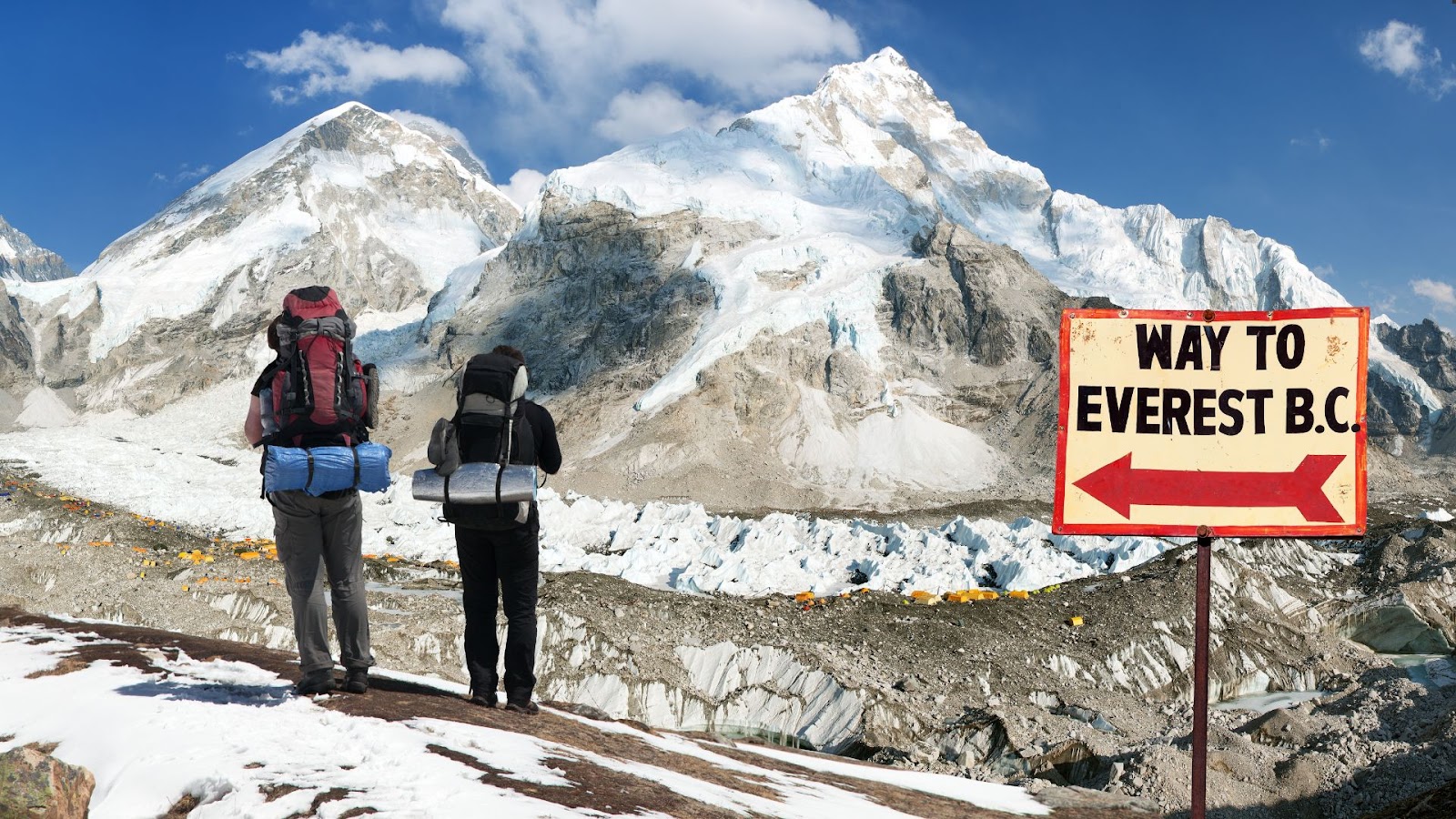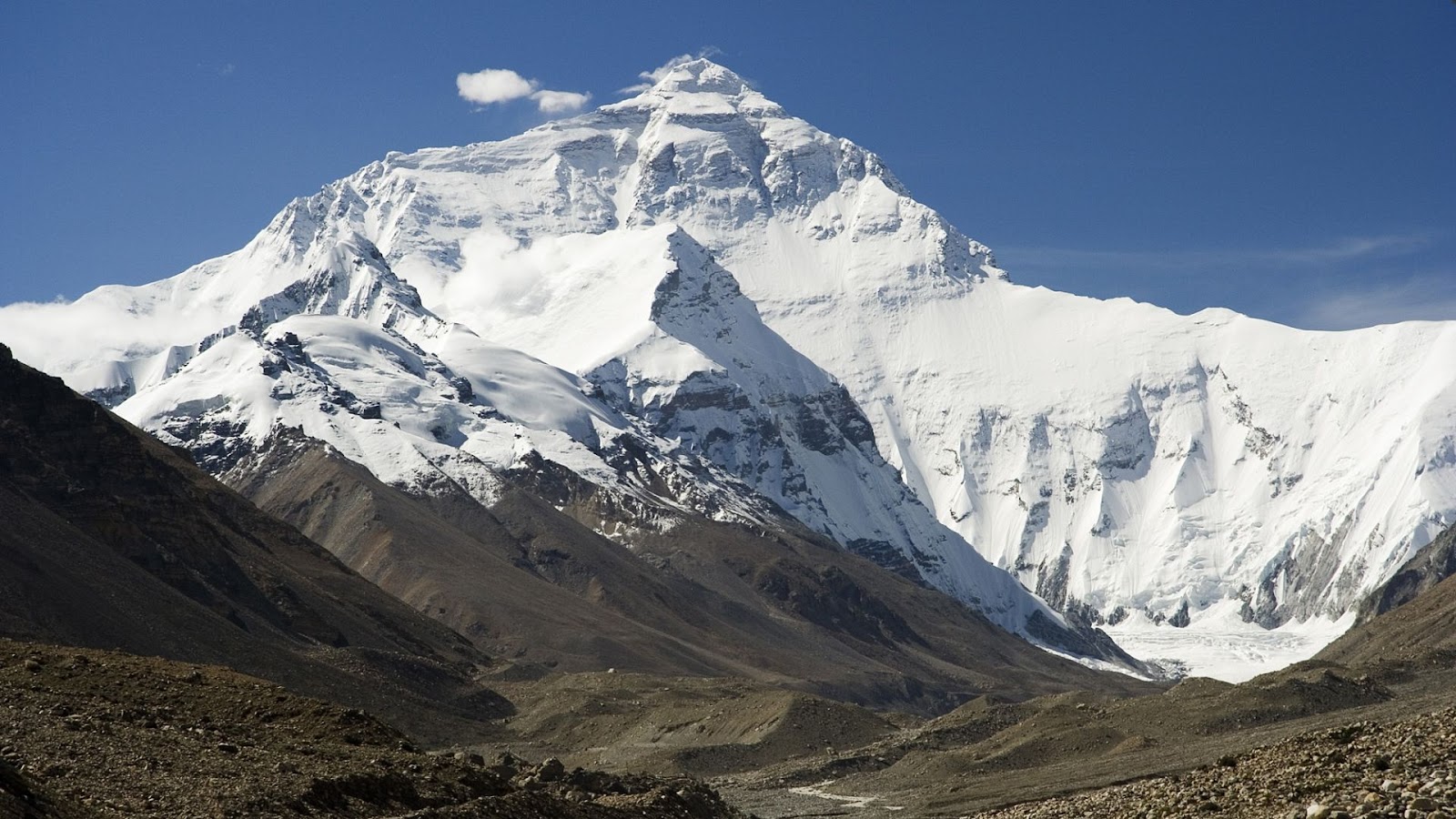Everest Base Camp Trek Difficulty Explained: How Hard Is It Really?
Updated on
Published on

Trekking to Everest Base Camp (EBC) is one of the most famous adventures in the world. With its legendary status, breathtaking Himalayan views and close encounter with Sherpa culture, it’s no wonder thousands trek every year. But before lacing up their boots, most trekkers ask the same question: how hard is the Everest Base Camp trek, really?
The answer is more complex than a simple “easy” or “hard”. While it’s not a technical climb like summiting Everest, it’s still a serious high altitude trek that tests your endurance, determination and ability to acclimatize. Whether you’re a first time trekker or someone with previous experience, understanding what makes the EBC trek challenging—and how to prepare for it—can be the key to success.
The trek involves 12 to 14 days of walking on rough terrain, above 5,000 meters and unpredictable weather. Despite this thousands of ordinary people complete the trek every year, from teenagers to retirees. It’s tough—but manageable and very rewarding for those who come prepared.
If you’re interested in the Everest trek but unsure about managing the ascent and descent, one popular option is the Everest Base Camp trek with helicopter return. This option allows you to trek to base camp and skip the long, knee jarring walk back by flying directly to Lukla or Kathmandu. It’s ideal for trekkers with limited time, physical concerns or those who just want a more luxurious ending to their journey.
Now, let’s break down every aspect of the Everest Base Camp trek difficulty so you can decide if it’s for you—and how to make it easier.

Is the Everest Base Camp Trek for Beginners?
One of the best things about the EBC trek is that it’s not just for elite mountaineers. Even first time trekkers can do it with proper physical preparation, mental toughness and slow and steady approach.
Trekking Experience Needed
You don’t need prior trekking experience, but it helps. This trek is about endurance not climbing skill. There are no ropes or crampons involved but you’ll need to walk long hours, often on steep inclines and at high altitude where oxygen is scarce.
People who’ve done day hikes or multi day treks in mountainous regions will find the transition smoother, but even if EBC is your first big trek, it’s achievable if you’re reasonably fit and train ahead of time.
Fitness Level Required
Fitness matters more than experience. You’ll be trekking 5 to 8 hours a day for nearly two weeks. Good cardiovascular health, leg strength and core stability will help you enjoy the experience rather than just endure it.
Training doesn’t have to be extreme. Start at least 6–8 weeks before your departure with a mix of aerobic workouts (like walking, jogging, swimming or cycling) and strength training. Weekend hikes with a backpack are excellent preparation.
What makes the Everest Base Camp Trek challenging?
The Everest Base Camp trek isn’t hard in a technical sense—but altitude, terrain and duration make it physically and mentally demanding. Here’s what you’re up against.
Altitude and Acclimatization
Altitude is the single biggest factor affecting difficulty. At base camp (5,364 meters) there’s 50% less oxygen than at sea level. This can cause Acute Mountain Sickness (AMS) even in fit, experienced trekkers.
Symptoms include headaches, nausea, dizziness and fatigue. If not managed well, AMS can lead to serious complications. That’s why most itineraries include two acclimatization days, usually in Namche Bazaar and Dingboche.
Going slow, staying hydrated and ascending gradually are your best defenses. Many trekkers also take Diamox (a medication to prevent AMS) but you should consult a doctor first.
Everest Base Camp Trekking Duration and Daily Walking Hours
The standard EBC itinerary is 12–14 days, with 8 days to ascend and 4–6 days to descend. You’ll walk between 5 and 8 hours daily, covering about 10–15 kilometers on most days.Some sections like the steep climb to Namche Bazaar or the final push to base camp are particularly tiring. You’ll also trek on consecutive days without real rest—something most people aren’t used to.
This isn’t just a physical challenge—it’s a mental one too. Staying positive and focused is as important as having strong legs.
Weather and Temperature Extremes
Weather in the Himalayas can be unpredictable, especially at higher elevations. You may start the day in bright sunshine and finish in snowfall. Spring and autumn are the best seasons for trekking with stable weather and clear skies.
Even during peak seasons expect freezing temperatures at night—especially in places like Gorak Shep or Lobuche. Wind chill can make the air feel even colder.
You’ll need to pack smart with warm layers, waterproof gear and sun protection. Hypothermia and sunburn are both real risks.
Terrain and Trail Conditions
The trail is well defined and doesn’t require climbing gear but can still be rugged. You’ll cross rocky paths, glacier moraines, steep staircases and swing bridges suspended over deep valleys.
In some places loose stones or snow make footing tricky. Hiking poles can ease pressure on your knees and help with balance especially on descents.
Who can trek to Everest Base Camp?
The Everest Base Camp trek is more inclusive than most people think. It’s not about being young, ultra fit or a professional athlete—it’s about preparing well and listening to your body.
Age Limits and Health Conditions
Trekkers aged 10 to 75+ have successfully completed the trek. That said people with pre-existing heart, lung or altitude related health concerns should consult with a doctor before planning the trip.
Older trekkers may want to add extra acclimatization days or take shorter walking stages. Kids can do the trek too but they must be closely monitored for altitude symptoms.
If you’re unsure about your physical limits consider private group options or the Everest Base Camp trek with helicopter return to shorten the journey.
How to make the Everest Base Camp Trek Easier
Success on the trail is all about preparation. Here’s how to minimize the trek’s difficulty and maximize your enjoyment.
Training Tips before the Trek
Focus on building endurance through cardio exercises like hiking, stair climbing or cycling. Strengthen your legs and core and if possible simulate trekking by carrying a backpack on weekend hikes.
Flexibility training like yoga can help reduce muscle soreness during the trek.
Acclimatization Strategies
Acclimatization is non-negotiable. Spend at least two nights in Namche Bazaar (3,440m) and another two in Dingboche (4,410m). On those days do light hikes to higher elevations and return to sleep lower.
Drink 3–4 liters of water daily, avoid alcohol and eat well. If symptoms of AMS appear don’t try to “push through”—rest, hydrate or descend.
Hiring a Guide and Porter
Hiring a licensed guide adds safety and structure to your trek. Guides help monitor your health, manage the route and handle logistics. A porter will carry your heavy bag, so you can trek light with just a daypack.
This reduces fatigue and improves your chances of completing the trek comfortably.
Packing Smart for Comfort and Safety
Here’s a minimalist packing list that balances comfort and weight:
- Layered clothing (base, mid, outer layers)
- Insulated down jacket
- Waterproof hiking boots (broken in)
- Thermal gloves, socks, hat
- Headlamp, sunscreen and sunglasses
- First aid kit and water purification tablets
Don’t overpack—you’ll regret every extra kilo by Day 3.

When is the Easiest time to do the Everest Base Camp Trek?
Your choice of season can make a big difference on how hard the trek feels.
Spring vs Autumn Treks
- Spring (March–May): Milder temperatures, rhododendron blooms, gradually warming days
- Autumn (late Sept–Nov): Crisp skies, dry conditions, best visibility of the year
Both seasons offer the best combination of weather and trail safety. You’ll find fellow trekkers, open teahouses and experienced guides during these windows.
Off-Season Trekking Considerations
- Monsoon (June–August): Muddy trails and leeches; cloudy views
- Winter (Dec–Feb): Cold, snow-blocked trails; risk of frostbite or isolation
Off-season treks are possible but much harder. Only attempt them with high-altitude experience or a guide familiar with winter trekking.
Everest Base Camp Trek Compared to Other Treks
Everest Base Camp vs Annapurna Base Camp
Annapurna Base Camp trek is shorter (7–10 days), lower and less physically demanding. Both are beautiful but EBC is more challenging due to altitude, terrain and temperature extremes.
If EBC seems too much, Annapurna is a great warm-up trek to build confidence.
Everest Base Camp vs Gokyo Lakes and Three Passes Trek
Gokyo Lakes trek has similar elevations but adds remote trails and stunning views. Three Passes Trek is the toughest with multiple passes over 5,000m and technical difficulty.
If EBC is your first big trek, it’s best to avoid combining it with these routes unless you’re well-prepared and acclimatized.
Final Thoughts: Is the Everest Base Camp Trek Worth the Challenge?
Yes. Everest Base Camp trek is not just a test of fitness—it’s a journey into the heart of the Himalayas where snow-capped giants, fluttering prayer flags and resilient mountain cultures shape every moment.
Yes, it’s hard. But it’s manageable even for beginners who prepare well and respect the altitude. The physical and emotional rewards are huge. Standing at the foot of the highest mountain in the world, surrounded by the Khumbu Glacier and dramatic peaks is an experience few forget.
And if the full trek seems too much, remember—options like Everest Base Camp trek with helicopter return lets you experience the magic without the full descent.
So, is the Everest Base Camp trek difficult? Yes—but it’s a difficulty that transforms you.







